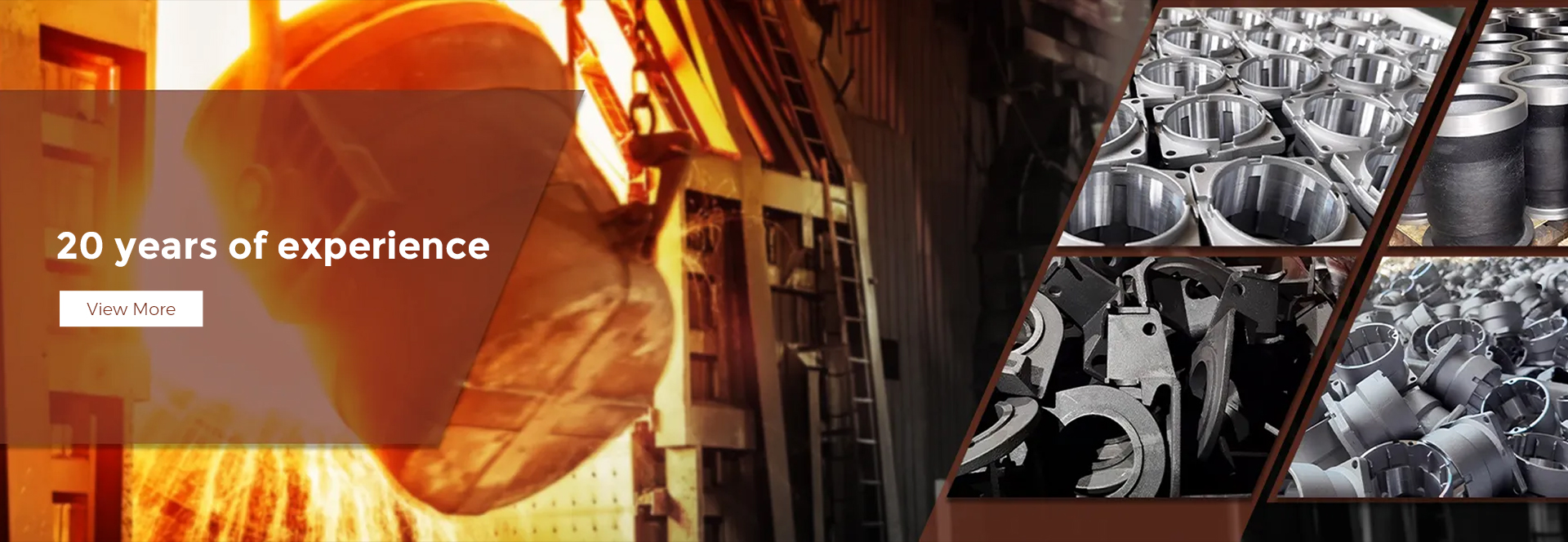Mobile:+86-311-808-126-83
Email:info@ydcastings.com
pump impeller casting
Understanding Pump Impeller Casting A Key to Efficient Fluid Dynamics
In the realm of engineering and fluid dynamics, the design and manufacturing of pump impellers play a crucial role in determining the efficiency and performance of pumping systems. Among the various manufacturing methods available, casting remains a primary technique for producing high-quality pump impellers, particularly in applications where strength, precision, and durability are paramount.
The Role of Pump Impellers
Pump impellers are fundamental components of centrifugal pumps, which are commonly utilized in various industrial applications, including water supply, chemical processing, and oil and gas extraction. The primary function of an impeller is to impart kinetic energy to the fluid, converting the mechanical energy from the pump motor into fluid motion. The design of the impeller significantly affects pump performance metrics such as flow rate, pressure development, and overall efficiency.
Casting as a Manufacturing Method
Casting is a versatile and widely used manufacturing process that involves pouring molten material into a mold to create a specific shape once it solidifies. For pump impellers, casting offers several advantages
1. Complex Geometries Casting allows for the creation of intricate designs and complex geometries that may be difficult or impossible to achieve with alternative manufacturing methods like machining or forging. This capability is crucial in creating impellers that optimize fluid flow and enhance pumping efficiency.
2. Material Versatility Casting can accommodate a variety of materials, including various alloys and composites. This flexibility enables manufacturers to select materials that provide the necessary strength, corrosion resistance, and wear resistance suited to the operating environment of the pump.
3. Cost-Effectiveness For large production runs, casting can be more economical compared to other methods, as it reduces material waste and minimizes the need for extensive machining. Initial setup costs may be higher, but the per-unit cost decreases as production volume increases.
Types of Casting Processes
pump impeller casting

Several casting methods can be employed to manufacture pump impellers, with the most common being
1. Sand Casting This traditional method involves creating a mold from sand, which is then used to cast the impeller. It's suitable for both small and large production runs and can accommodate complex shapes.
2. Investment Casting Also known as precision casting, this method involves creating a wax pattern coated with a ceramic shell. Once the mold is formed, the wax is melted away, leaving a precise mold for the molten metal. Investment casting is favored for its ability to produce highly intricate designs with superior surface finishes.
3. Die Casting Die casting is typically used for high-volume production of smaller components. It involves injecting molten metal into a steel mold under high pressure. While die casting may have limitations regarding the complexity of design, it is ideal for producing uniform mass-produced parts.
Challenges in Pump Impeller Casting
While casting offers numerous benefits, there are challenges associated with this manufacturing method. Achieving uniform material properties is crucial for pump efficiency and longevity. Variations in the cooling rates can lead to defects such as porosity or uneven hardness, affecting the impeller's performance. Therefore, it is essential to employ rigorous quality control practices, including non-destructive testing, to ensure standards are met.
Future Trends
As technology advances, the casting process is evolving. The integration of digital technologies, such as computer-aided design (CAD) and additive manufacturing, is enhancing the design process for pump impellers. Moreover, advancements in materials science are leading to the development of new alloys that offer improved performance characteristics in extreme operating conditions.
Conclusion
Pump impeller casting is a fundamental process that underpins the efficiency and reliability of pumping systems across various industries. By understanding the intricacies of casting methods and embracing innovation, manufacturers can continue to push the boundaries of pump design, ensuring optimal performance in fluid management applications. As the demand for efficient and durable pumping solutions grows, so too will the importance of advanced casting techniques in shaping the future of fluid dynamics.
-
Why Should You Invest in Superior Pump Castings for Your Equipment?NewsJun.09,2025
-
Unlock Performance Potential with Stainless Impellers and Aluminum End CapsNewsJun.09,2025
-
Revolutionize Your Machinery with Superior Cast Iron and Aluminum ComponentsNewsJun.09,2025
-
Revolutionize Fluid Dynamics with Premium Pump ComponentsNewsJun.09,2025
-
Optimizing Industrial Systems with Essential Valve ComponentsNewsJun.09,2025
-
Elevate Grid Efficiency with High-Precision Power CastingsNewsJun.09,2025











